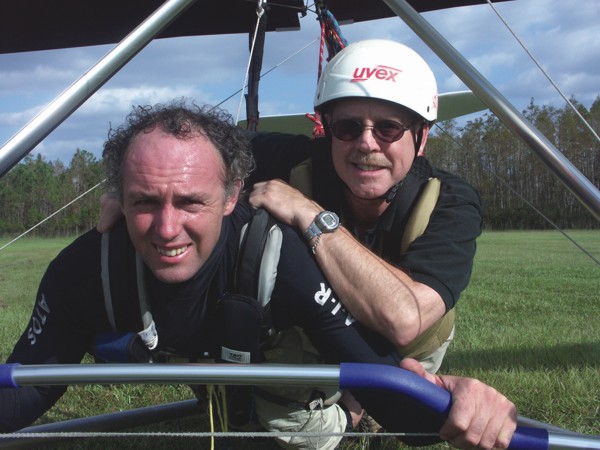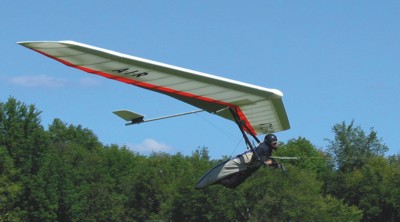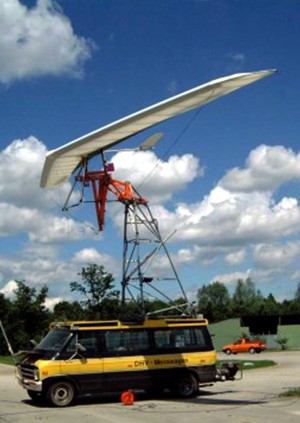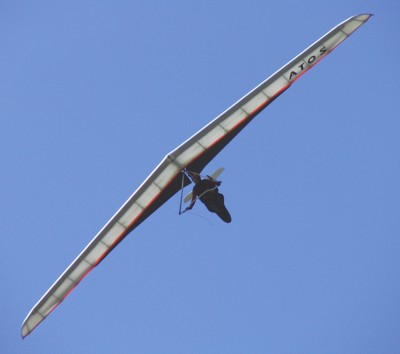
In the last 10 years there have been significant developments in hang glider wings. That may come as a surprise to KITPLANES® readers. After all, the wings don’t look much different from one another, so the changes must be subtle, right? Well, yes and no. In fact, many subtle changes have occurred as these wings have steadily progressed from a glide angle of 4:1 in the 1970s to the 15:1 glides that are common today. Even as they gained efficiency, the wings haven’t changed a lot in appearance. But not all of the changes are so subtle. The ATOS VX I flew in late 2004 illustrates a radically different approach to wing design. The ATOS VX can achieve a glide angle of 20:1 and a sink rate of only 118 fpm. The latter number makes this wing competitive with many sailplanes, even though the pilot hangs in the airstream. An Innovative Design The design is produced by Aeronautic Innovation Rühle (AIR) and is the creation of Felix Rühle, who worked with composite materials for many years in his role with the German government’s Center for Research and Development in Aerospace Technology in Stuttgart.






